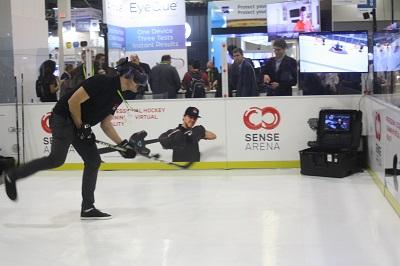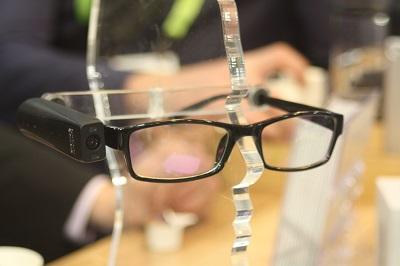By Joshua Seidemann, Vice President of Policy, NTCA–The Rural Broadband Association
January 10, 2019
So far this series, I have focused on the various elements of technology that benefit from, if not rely upon, a human interactive element. A natural application of these technologies is elder care, something we have discussed in these series of blog posts from time-to-time.
“Independent living” was on the agenda at CES yesterday, and while that term can often include efforts aimed at enabling persons with disabilities to live independently, yesterday’s session was focused on the elderly and enabling them to remain in their homes. In fact, survey data reveals that living independently in one’s space is the second-highest goal that retired individuals desire (financial independence ranked first). But, several perspectives on how we address independent living and its attendant technology warrant consideration.
In the first instance, most technology that is intended to assist the elderly is marketed toward younger people – children or caregivers – and is often framed as conveying the avoidance of guilt when Grammy falls and cannot get up. This approach of marketing toward the caregiver rather than the user reflects the current challenge of inspiring adoption among the elderly. And, the hurdle is not simply generational. Stated differently, resistance to assistive technology among the elderly is not rooted in their resistance to technology: nearly 100% of senior citizens surveyed own a computer; have a pay TV subscription; and own a thin-panel TV. Resistance, rather, is rooted in the potentially crushing admission that we are not as young or strong or capable as we once were (how many people resist hearing aids, which are effectively not very different than eyeglasses?).
Technology that is designed and marketed effectively can surmount these obstacles. Dr. Chris Gibbons, Chairman and CEO of the Greystone Group and a former guest scholar at the FCC, shared outcomes of a trial conducted in inner-city Baltimore several years ago. The technology that was provided to senior citizens was rudimentary and did not have a “human” or other similar form. Dr. Gibbons explained the numerous focus groups have asked potential users, “Do you want the device to look like you?” and the answers have been “all over the board.” The attachment that trial participants formed with the devices was based more on the interactive abilities they provided to reach outside their homes. And when the trial organizers went to retrieve the devices, the users pleaded, “Please don’t take them, they are our only connection to the outside world.”
Technology that will be invisible and assistive is available, such as flooring that senses gait and falls. Or, consider sensors that could sense breathing difficulty among asthmatics and, even before triggering a call to a caregiver or 911, activate the release of humidity and Albuterol into the HVAC system?
Technology requires humans – but it need not look human. More soon . . .


